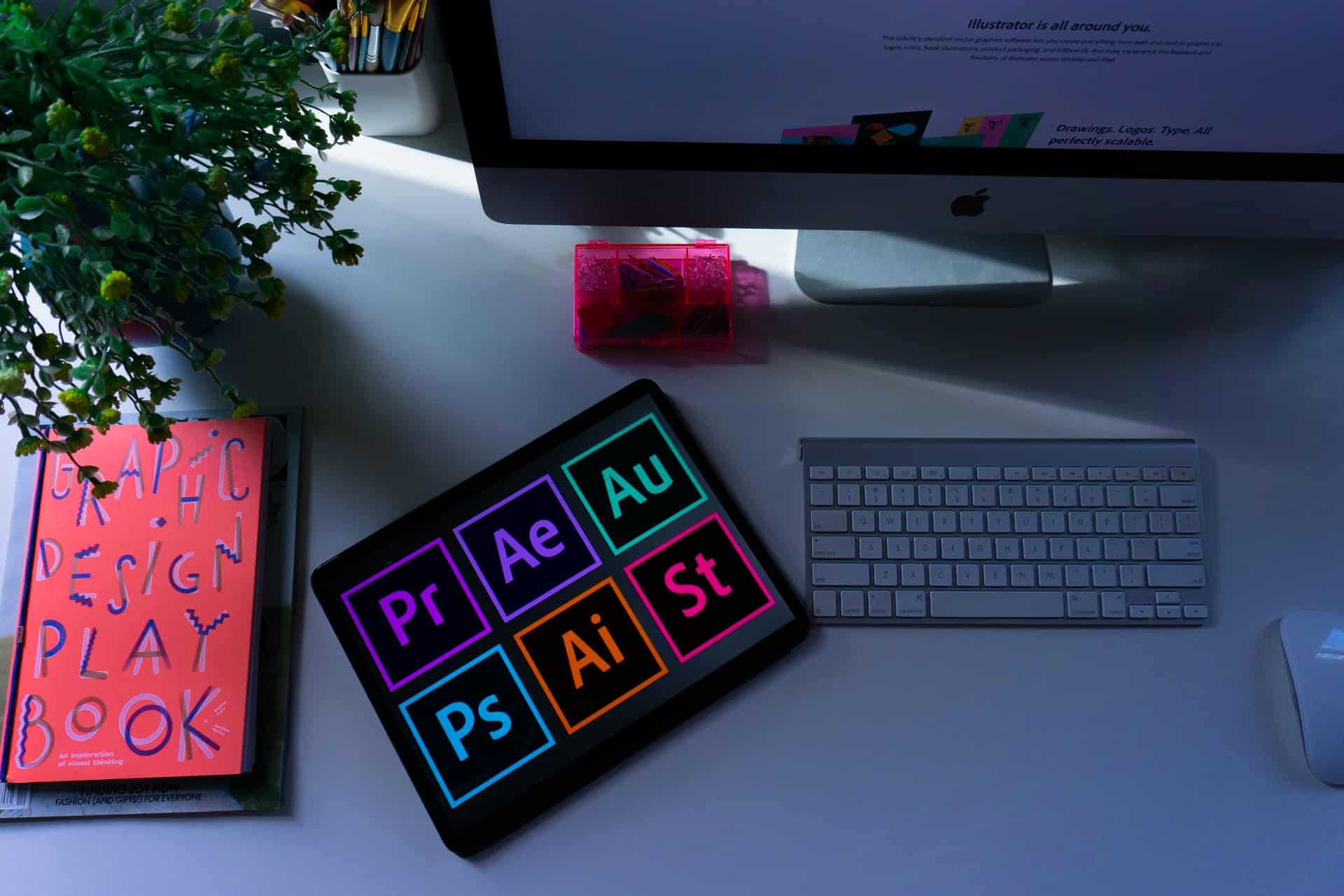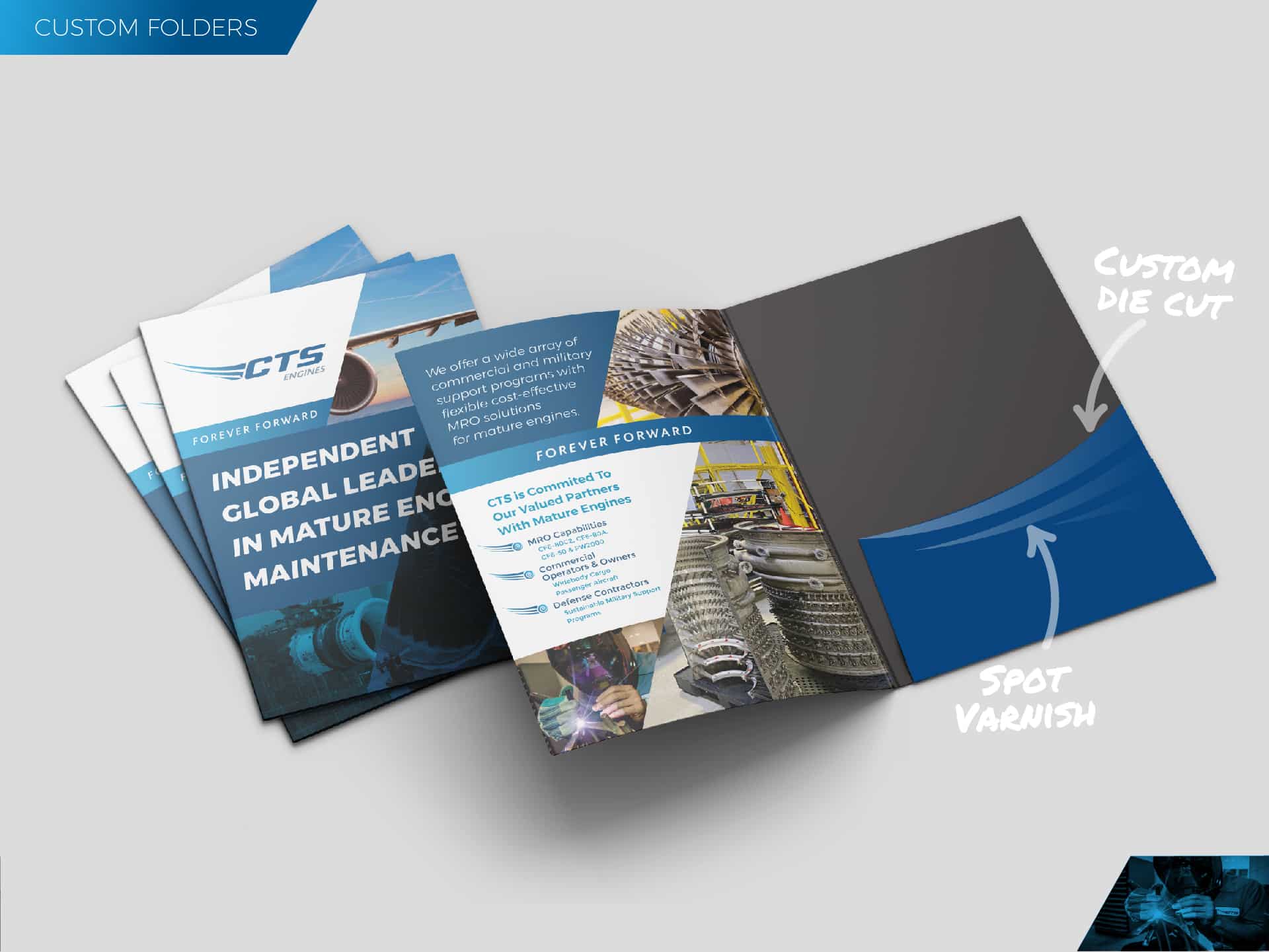Creating a visual identity is a brand strategy that is a fundamental part of boosting a business and achieving a brand’s long-term goals. Since many, if not most, potential customers are more visually-inclined, they find things to be more interesting if they are presented with creative elements in a visually attractive manner.
This is why brands see to it that they include developing a strong visual identity in their long-term plan with marketing campaigns. They take so much time to be mindful of how they develop the visual elements in their designs because they acknowledge that fact being strategic with visual design is an effective brand strategy that will largely help them achieve their business goals.
Translating product branding into design is one of the strong brand strategies that is always included when coming up with a marketing plan. This can be a complicated procedure. There are so many things that will have to be taken into consideration. A strategy process will have to be laid out, and converting written text into visual communications or turning mental concepts into graphical representations is not a simple task. So, where should you start?
How to Translate Brand Strategy into Design
Zero in on Your Target Audience
To be able to effectively translate your brand strategy into visuals, a key element is having a thorough understanding of your ideal customers. By thorough, it means that not only should you know your customer base in terms of their gender, location, and income levels.
While demographics are indeed pertinent to customer profiling and branding strategy, it is more important to know the psychographics of your prospective customers. For whom will you create visuals? What are their interests? What kind of lifestyle do they like? What are their values or personality traits? Your brand design must reflect the interests and needs of your target audience.
Researching color psychology could be helpful in thinking about what color scheme will grab their attention, and what kinds of graphic design appeals to them. The goal is to win their approval and engage them, in order for them to develop a meaningful interest in your brand and deliver a notable customer experience.
Analyze Competitors In The Market
Just because the audience is your primary concern, does not mean that competitors do not matter. You also need to analyze your market position and study the field of competition. The key is to examine the competitors’ visual designs, color palette, aesthetics, and styles while simultaneously ensuring to develop your own unique visual identity. This step will give you a glimpse of how to level the playing field, but more of how you must stand out, not blend in.
Your goal is to capture attention and get noticed by a large number of potential customers, but you won’t be able to achieve this goal unless you offer something fresh and unique to the table. Be distinctive enough for your customers to recognize your brand with just a single glance at your design. Make a mark.

Identify Your Brand Personality and Stick to It
Translating brand strategy into design presents a multitude of challenges, one of which is the possibility of being sidetracked and losing focus on the primary goal and your brand’s mission statement. Developing a strategic brand design is not limited to the essential components of visuals like picking the right color palette, or the fonts.
Part of a successful branding strategy is making sure that the design you’re creating resonates with the brand personality, is in sync with the interest of your intended audience, and reflects the essence of your product, as well as your overall objective. Yes, you have to stand out and be unique, but as much as you have to make a visually-attractive design, you also have to have your brand personality clearly identified, and stick to it.
Choose A Tone That Reflects Your Brand’s Voice
Now that it is established that you should not lose sight of your brand personality as you create your design, the same goes with how you choose to develop texts that you will incorporate into your design. The brand personality should be reflected in the tone of voice that you will use.
For example, if your product is for children or teenagers, it is acceptable to use a lighthearted tone in your texts. If your target market is adults and professionals, on the other hand, you might consider using a more formal tone. The design strategy must always be in sync with the overall identity of the brand you’re designing for. Find a way to craft your message in the most creative and effective way possible while still retaining your individuality and brand personality.
Develop Mind Maps
Mind Maps are great for organizing and highlighting essential elements of how you will develop your brand design, it would also help you see the overall structure of what you’re going for and the relative importance of the individual factors that you want to consider.

Create a Mood Board
Making use of mood boards will help you compile all of the ideas, color palettes, and key components that you consider using for your graphic design. It will also define a consistent design concept without the risk of losing track of the bigger picture – which is your brand identity and goal.
Create and Design Brand Identity Concepts
After creating a mood board, you now get all the details you can from the previous steps and now get into the actual design process. This is where you create brand identity concepts based on the knowledge you have when it comes to the color scheme and graphic design that appeals to your target audience, what you have examined as to your competitors’ visual designs, color palette, and aesthetics, the kind of tone you want to reflect, and what you have come up with in your mind maps and mood board.
All these now come together and will work hand in hand in translating your brand strategy into design that not only reflects your brand but will create that strong visual identity that your target market will recognize and resonate with.
Every project tells a story of transformation. From crafting cohesive brand identities to executing polished marketing campaigns, my work reflects a commitment to excellence and measurable results. Explore a selection of projects where strategy and creativity came together to elevate brands and drive success.




